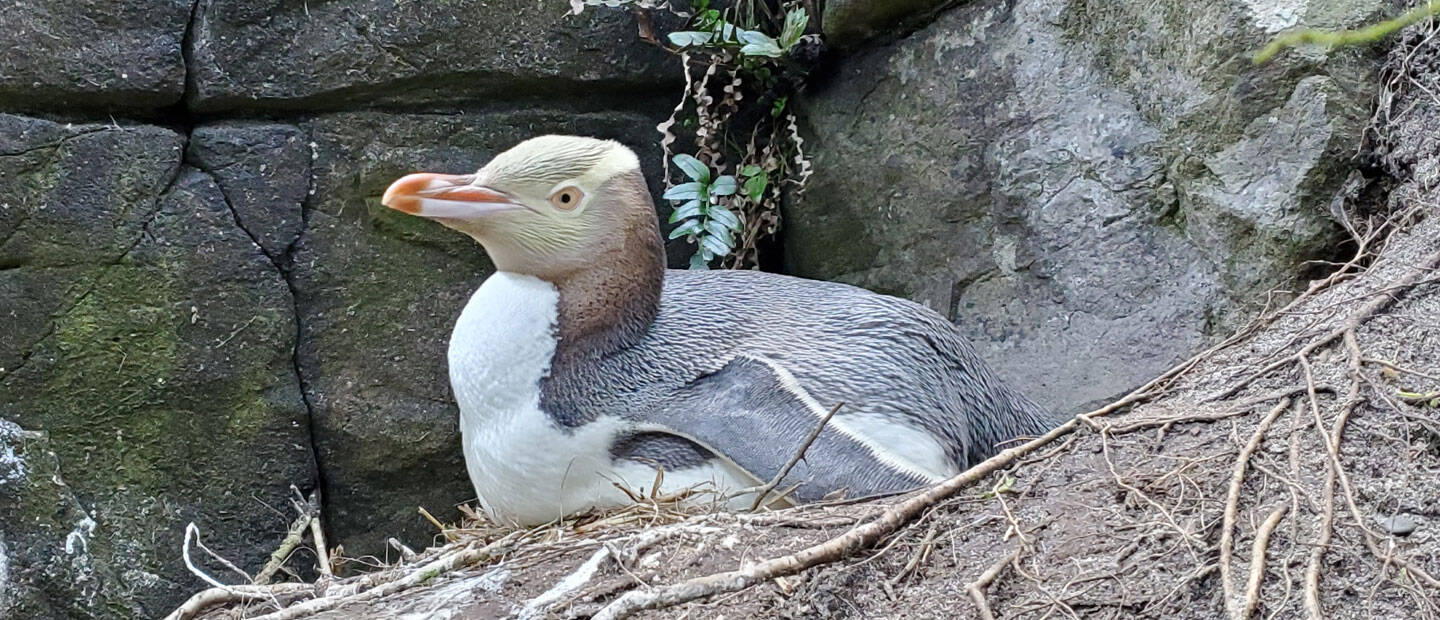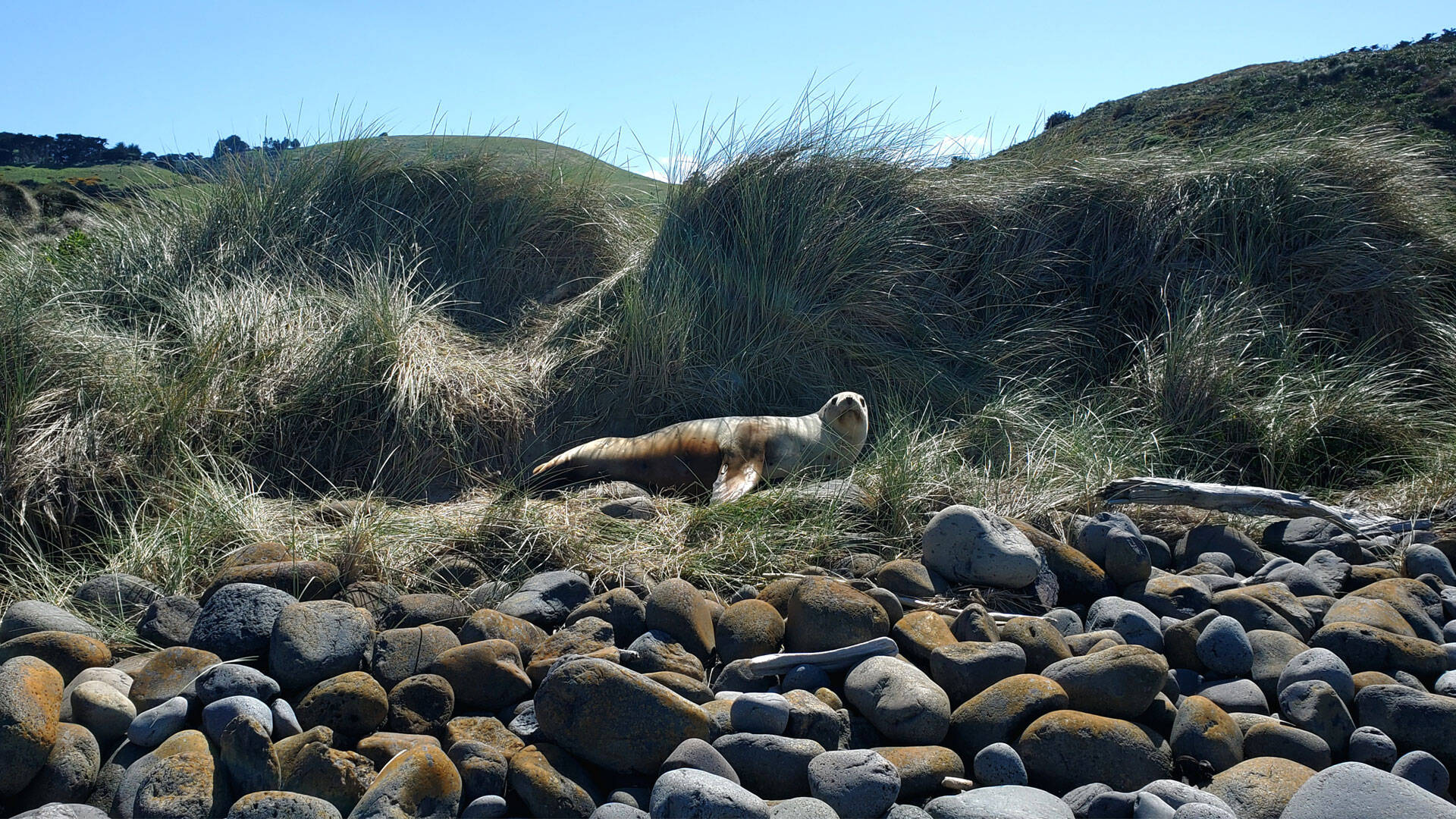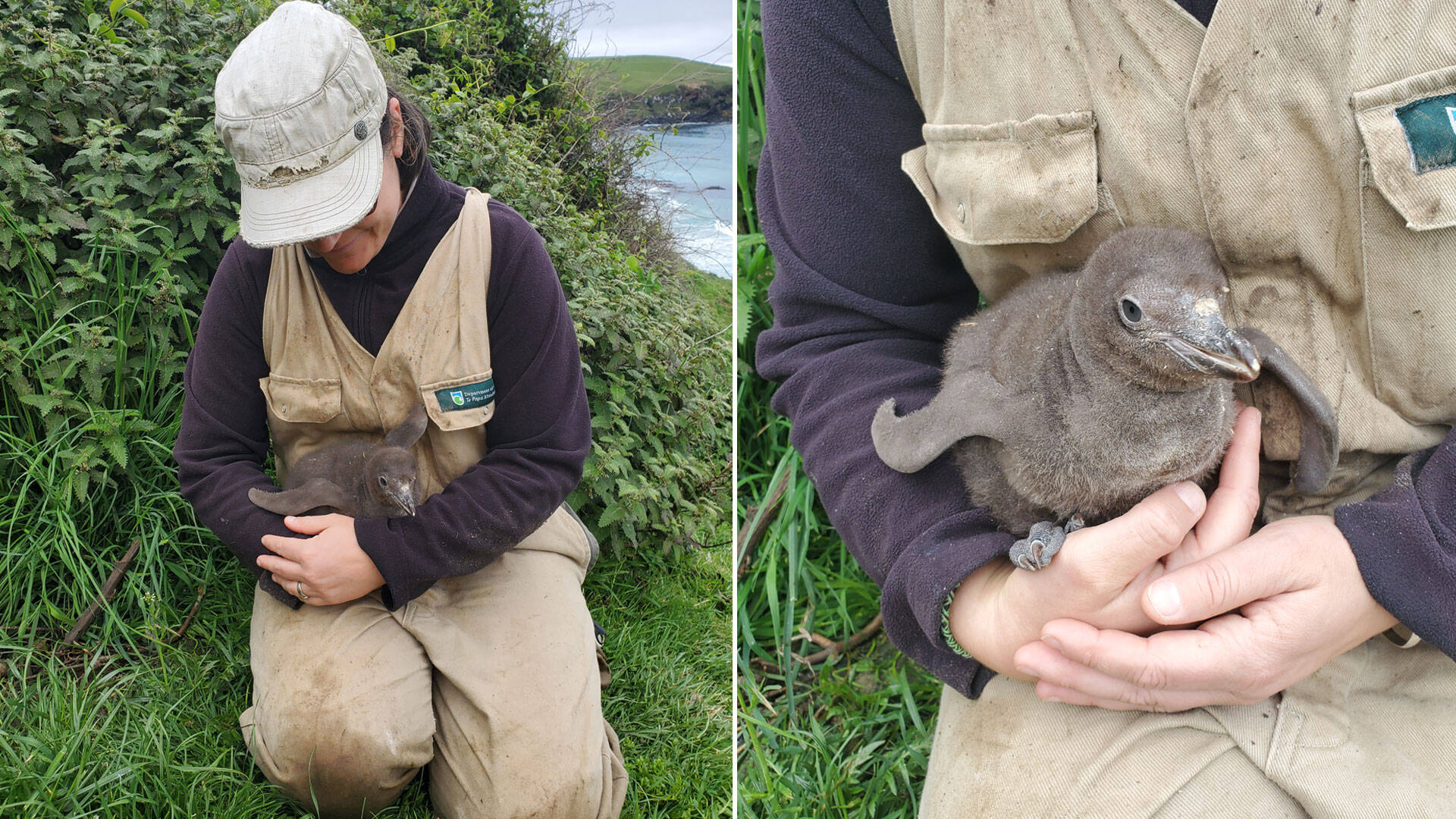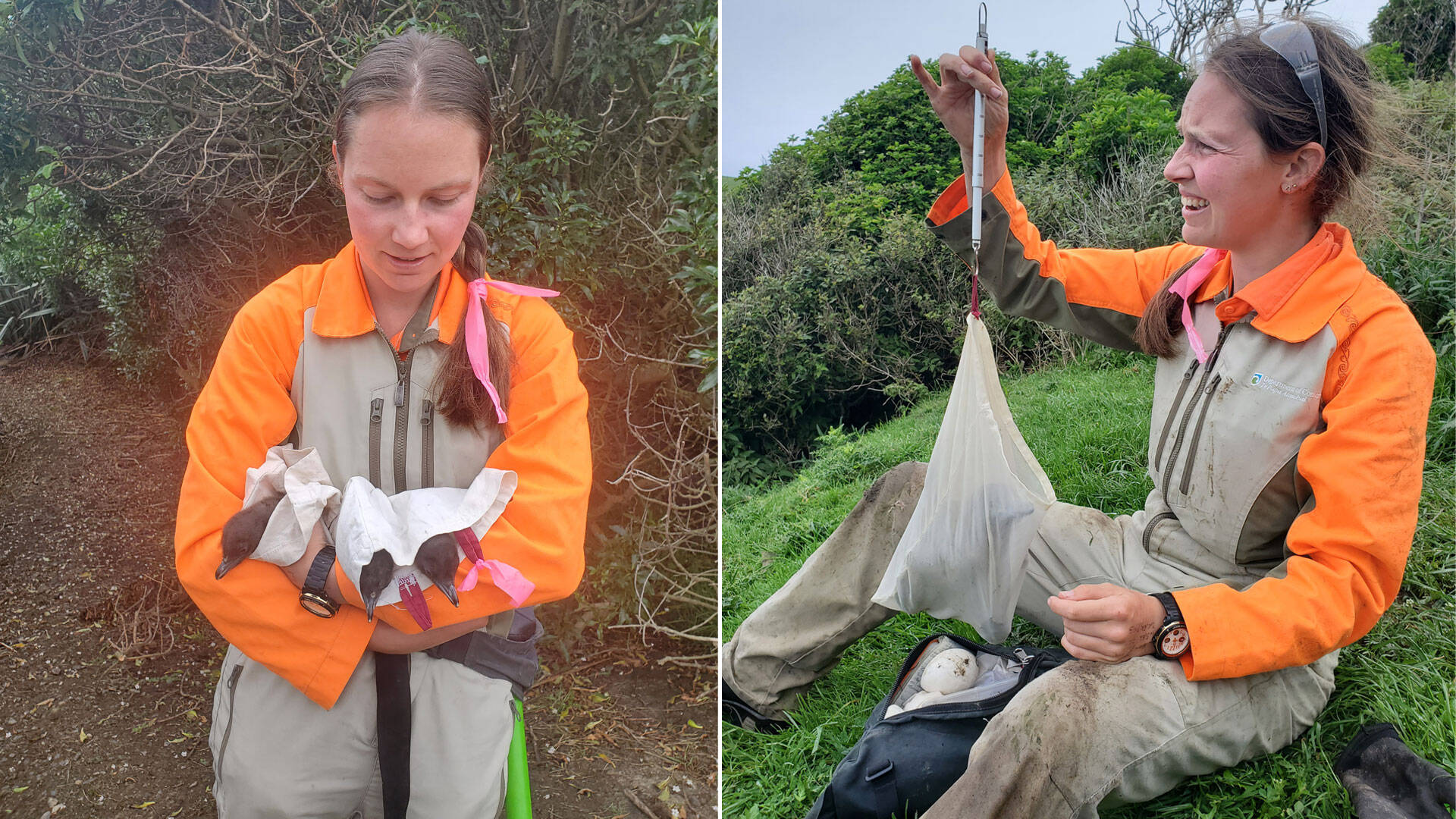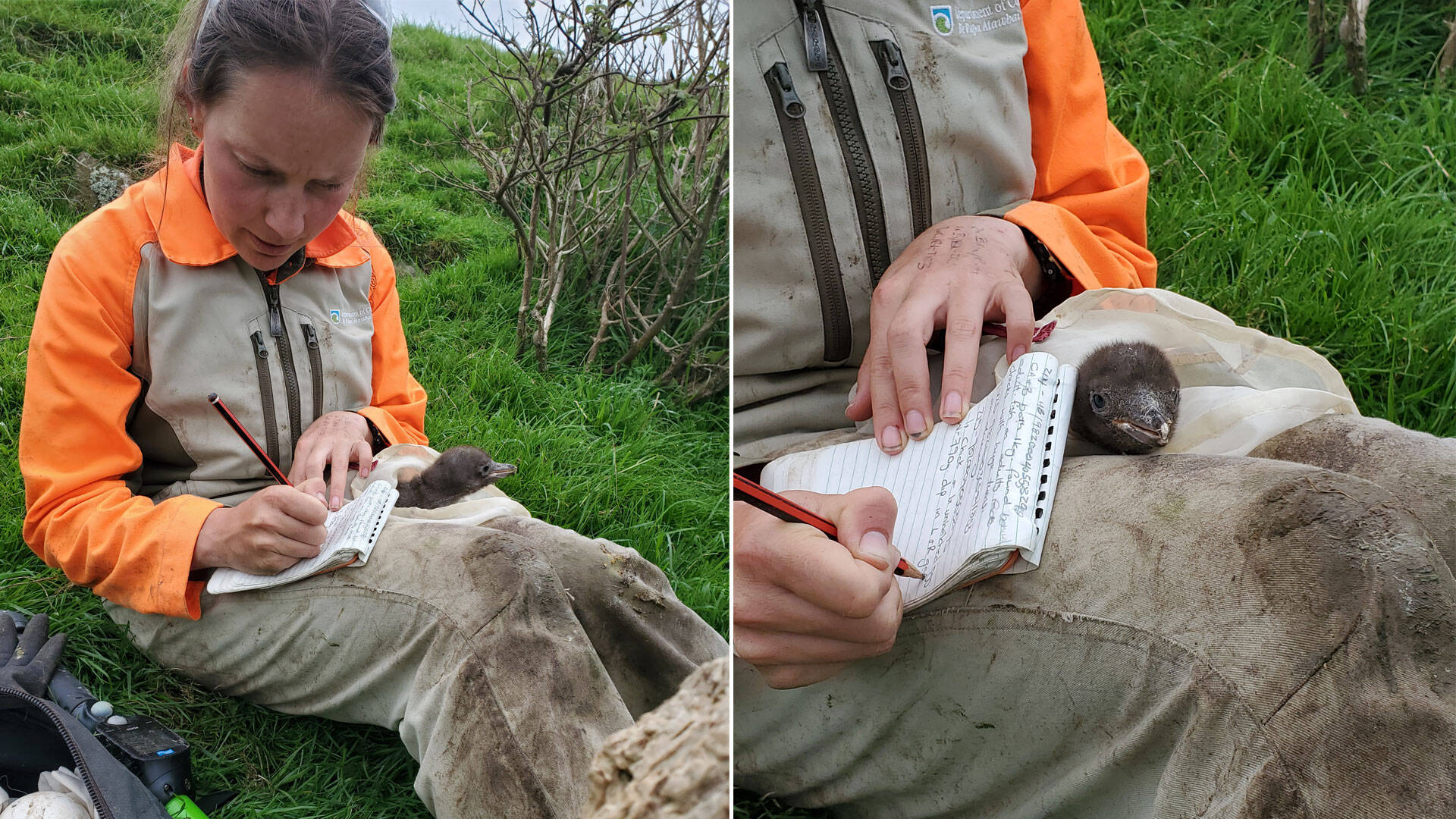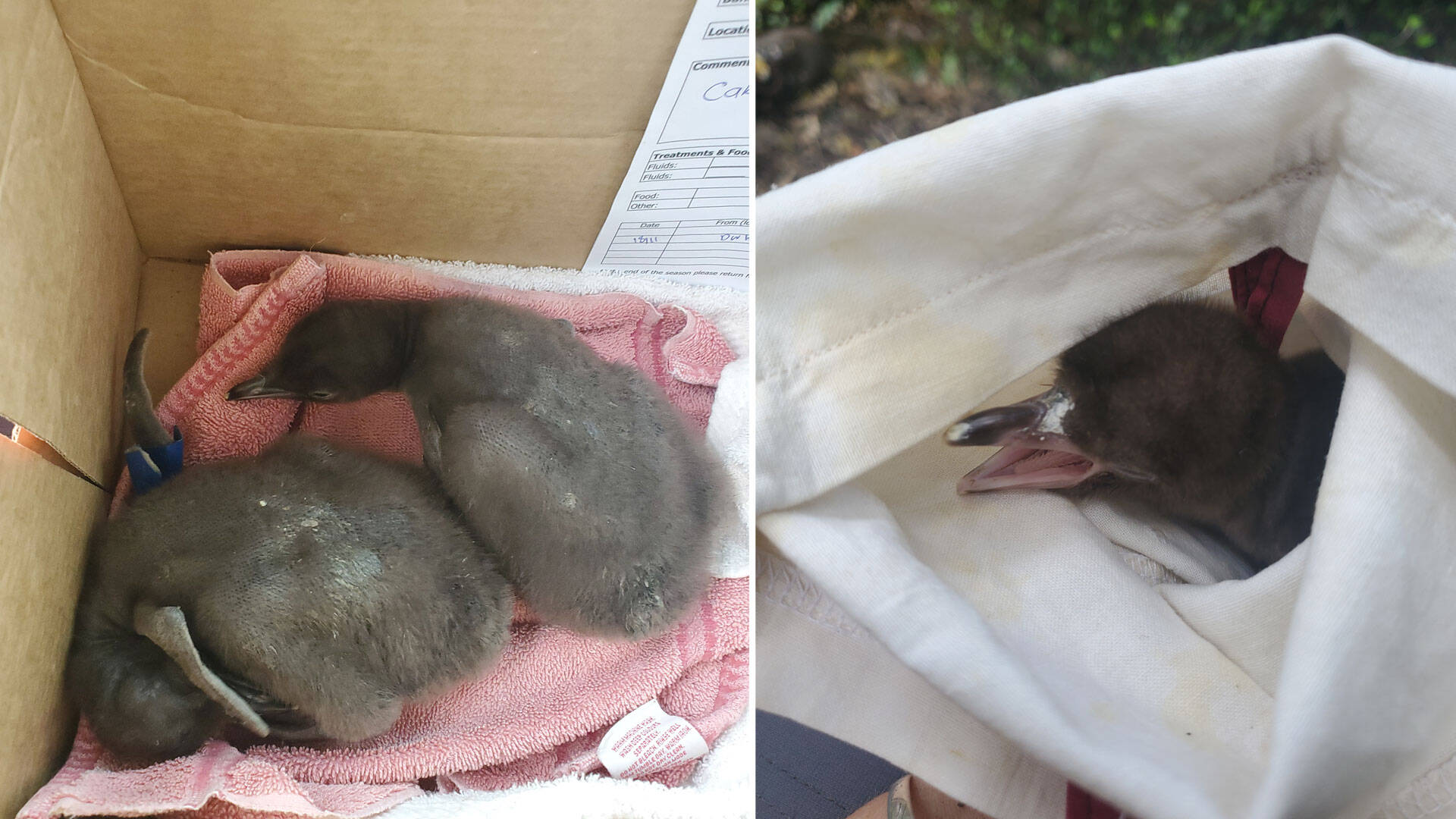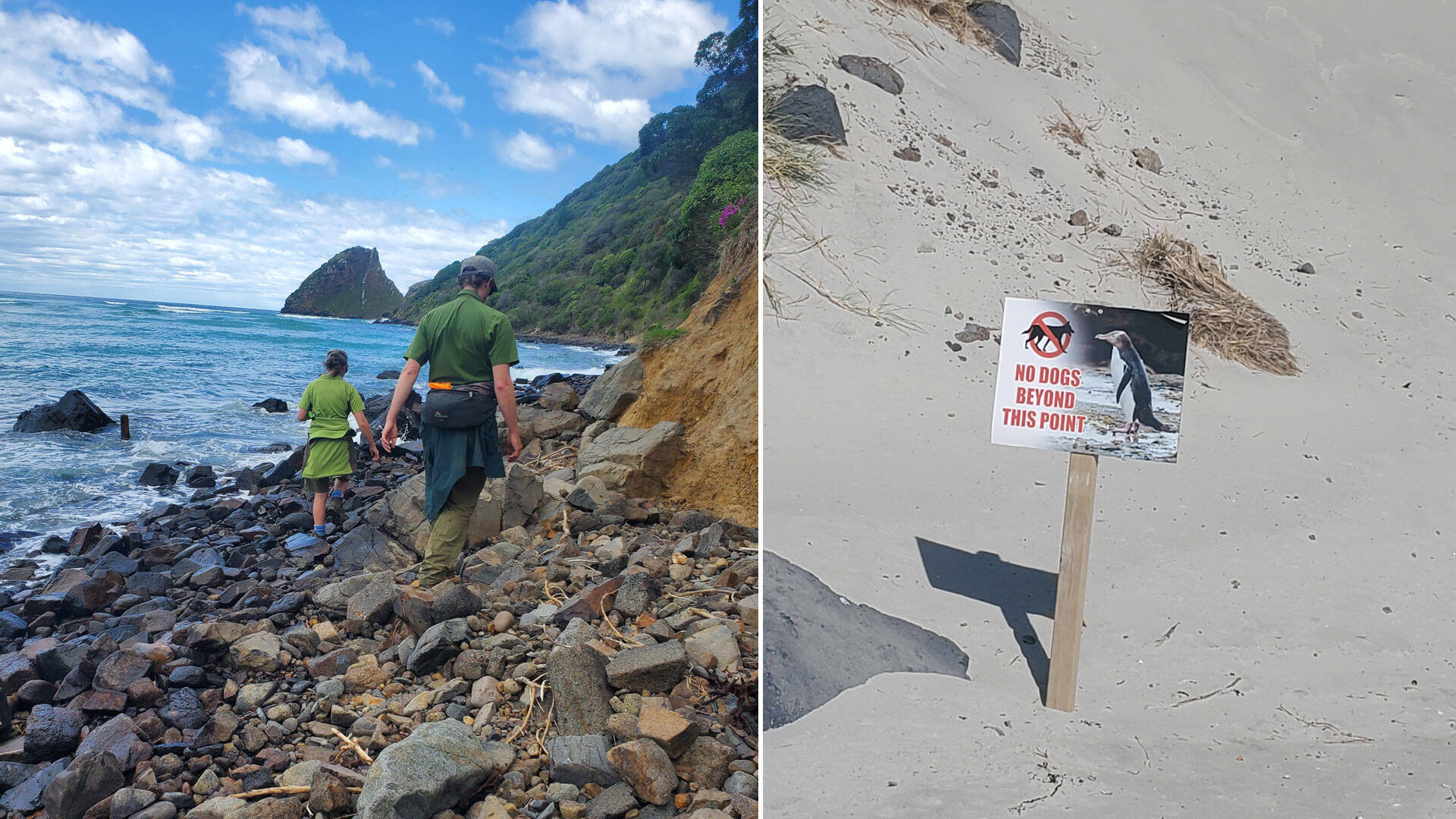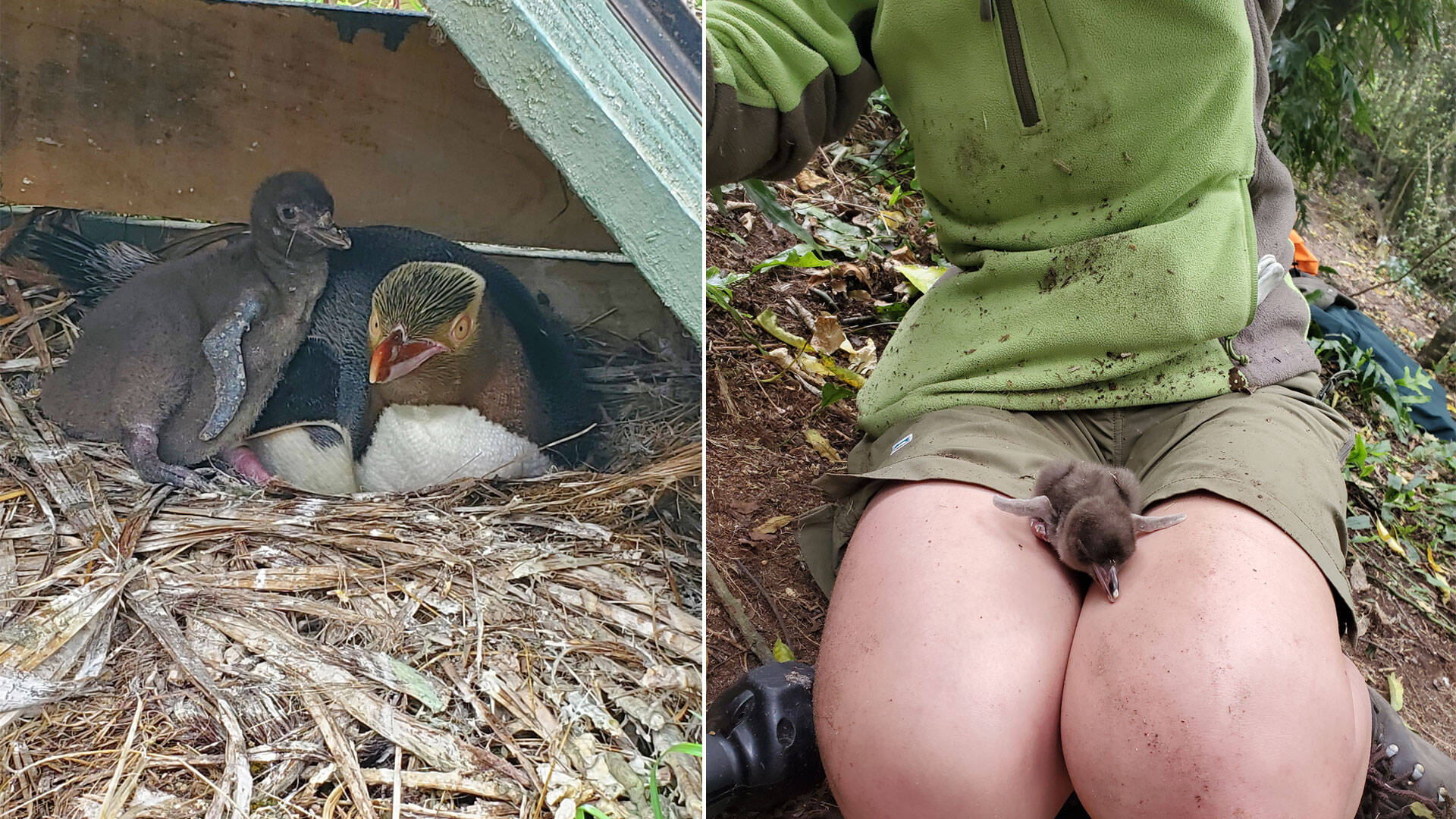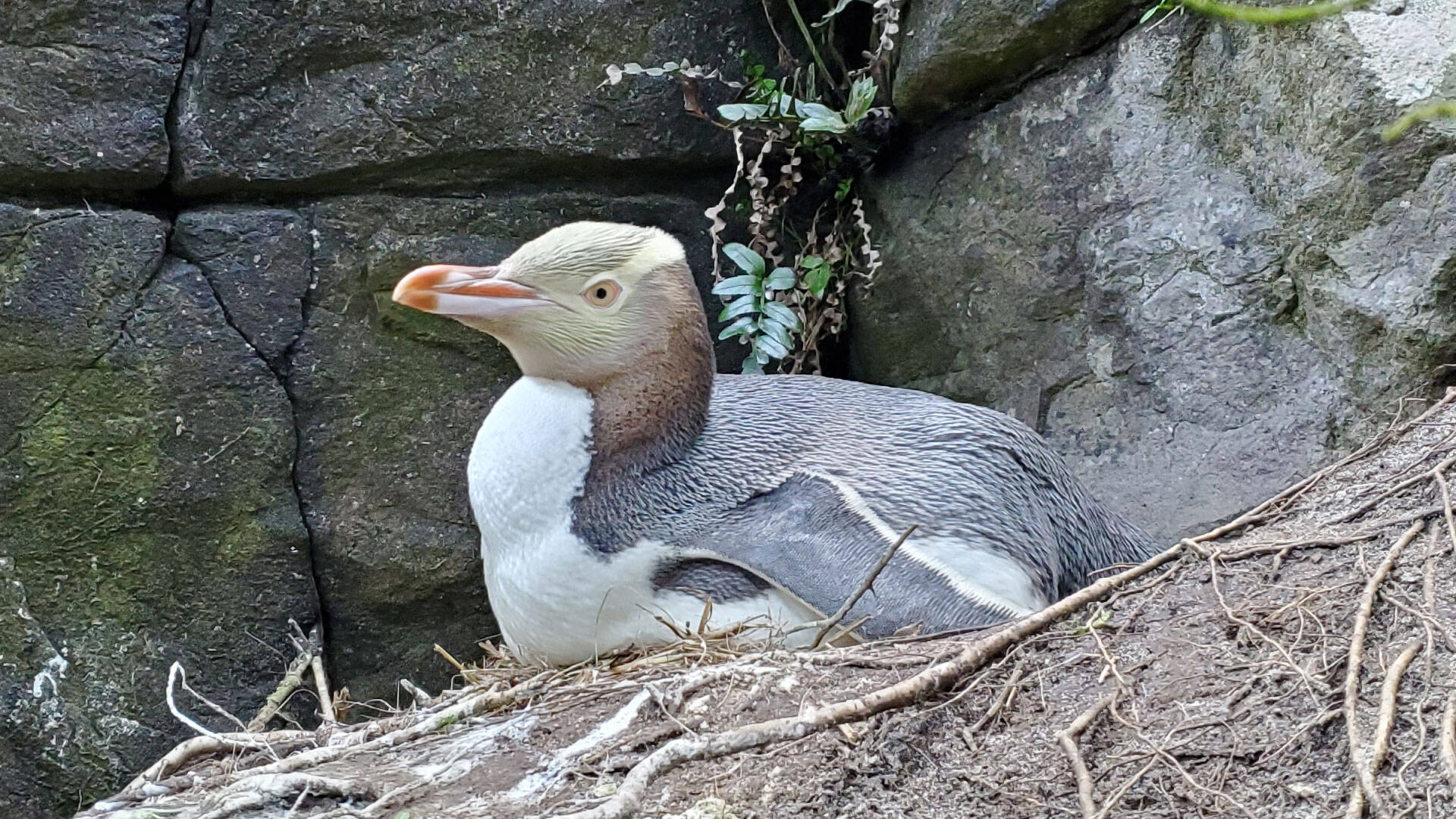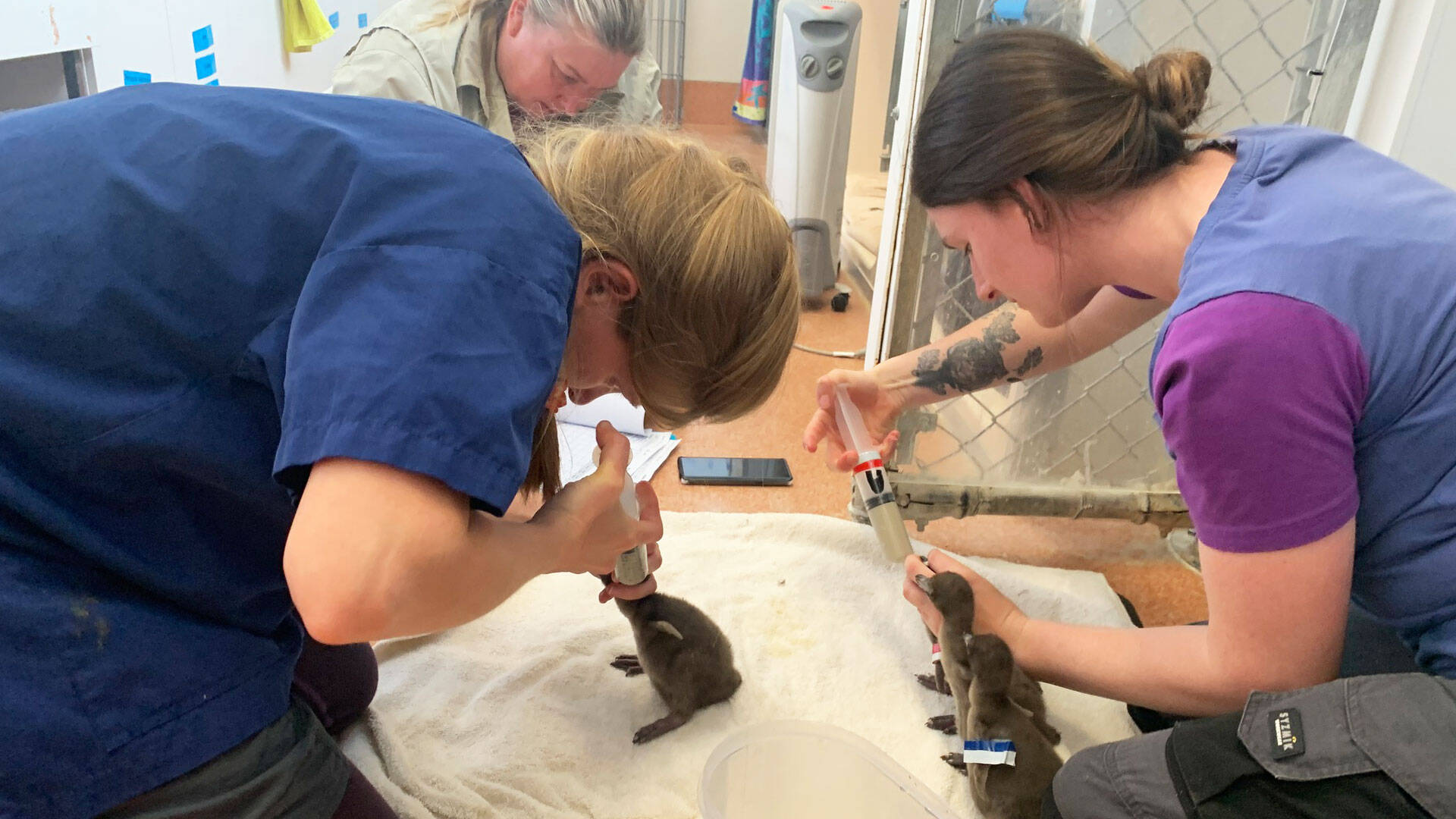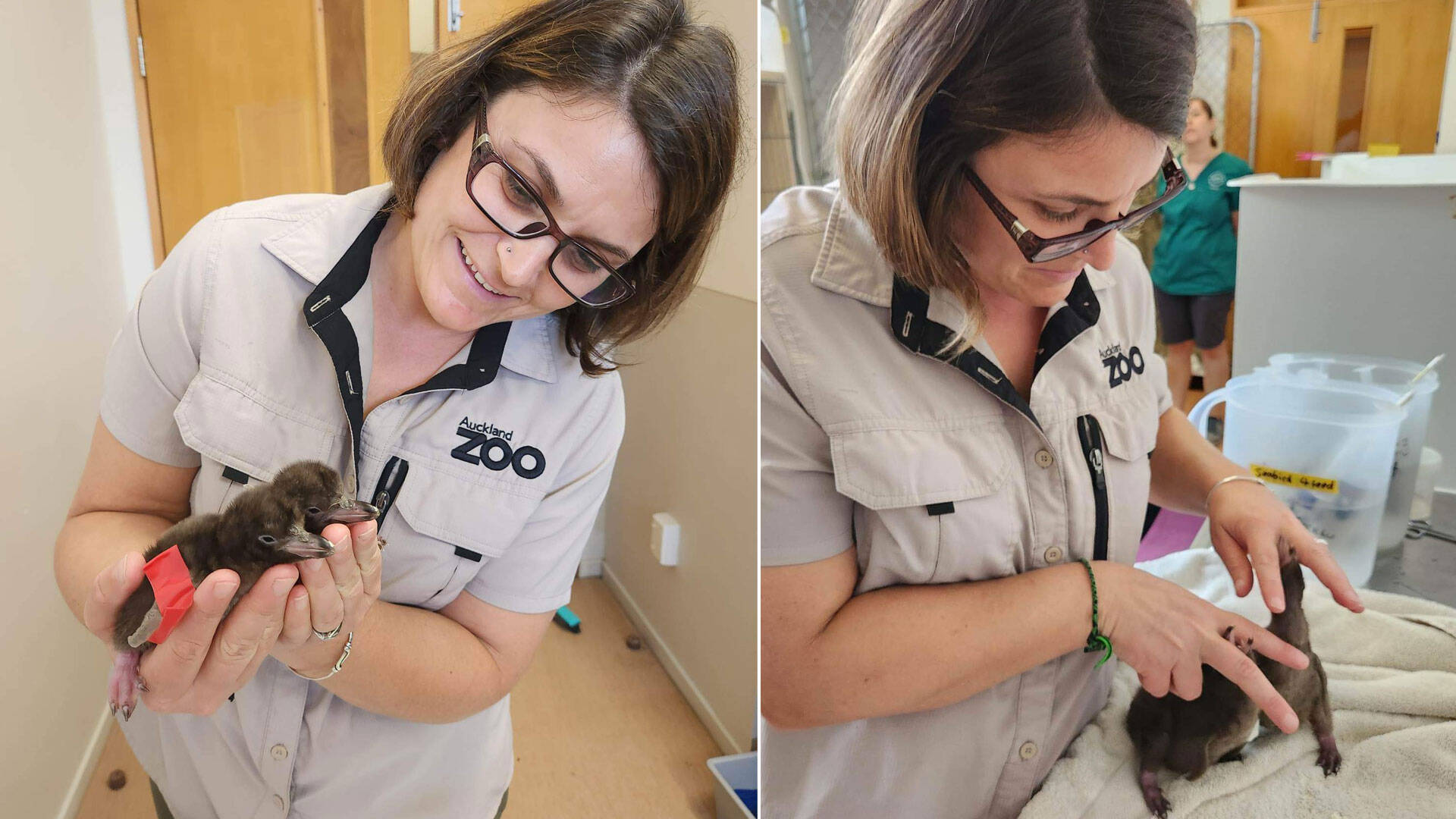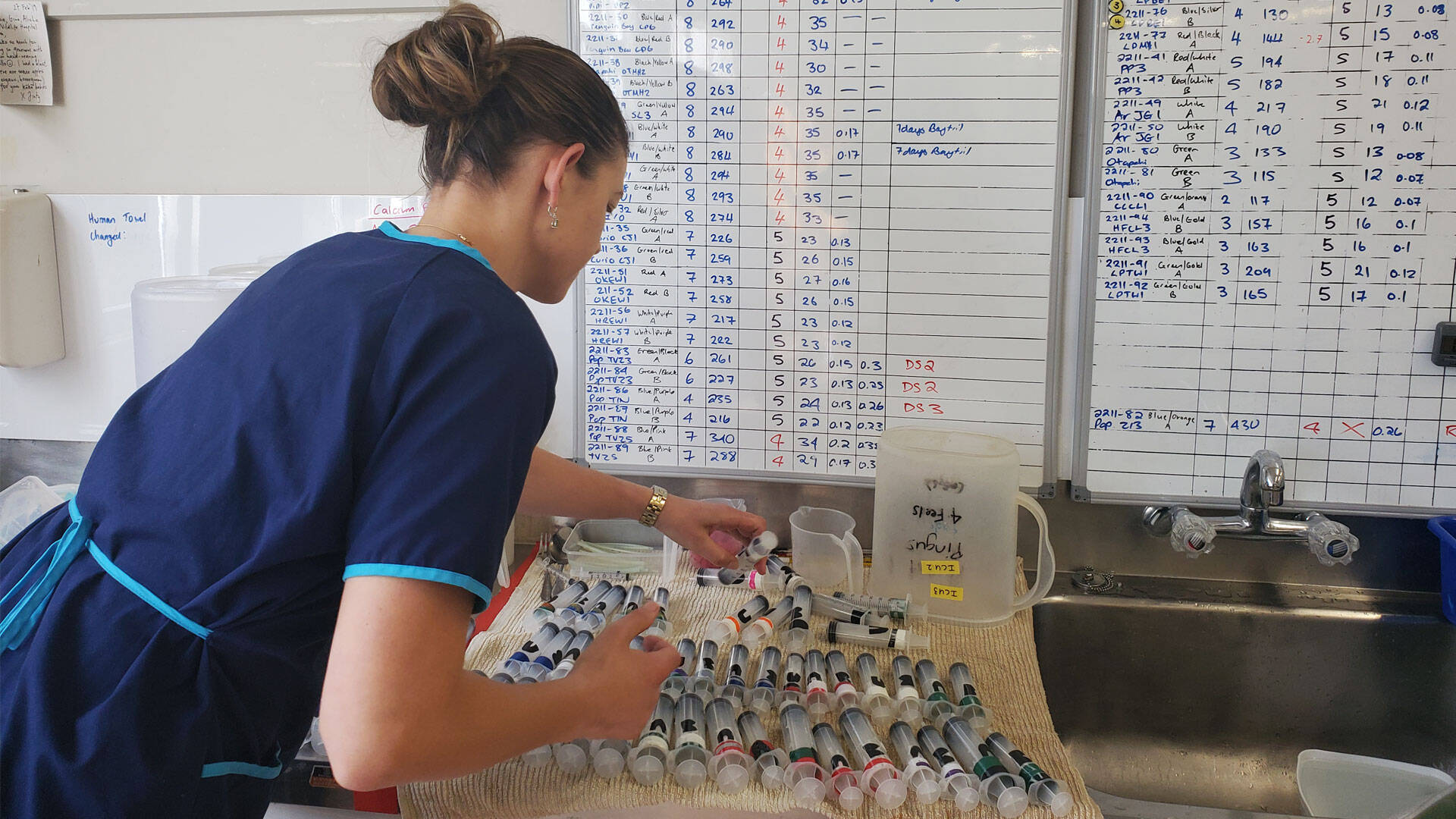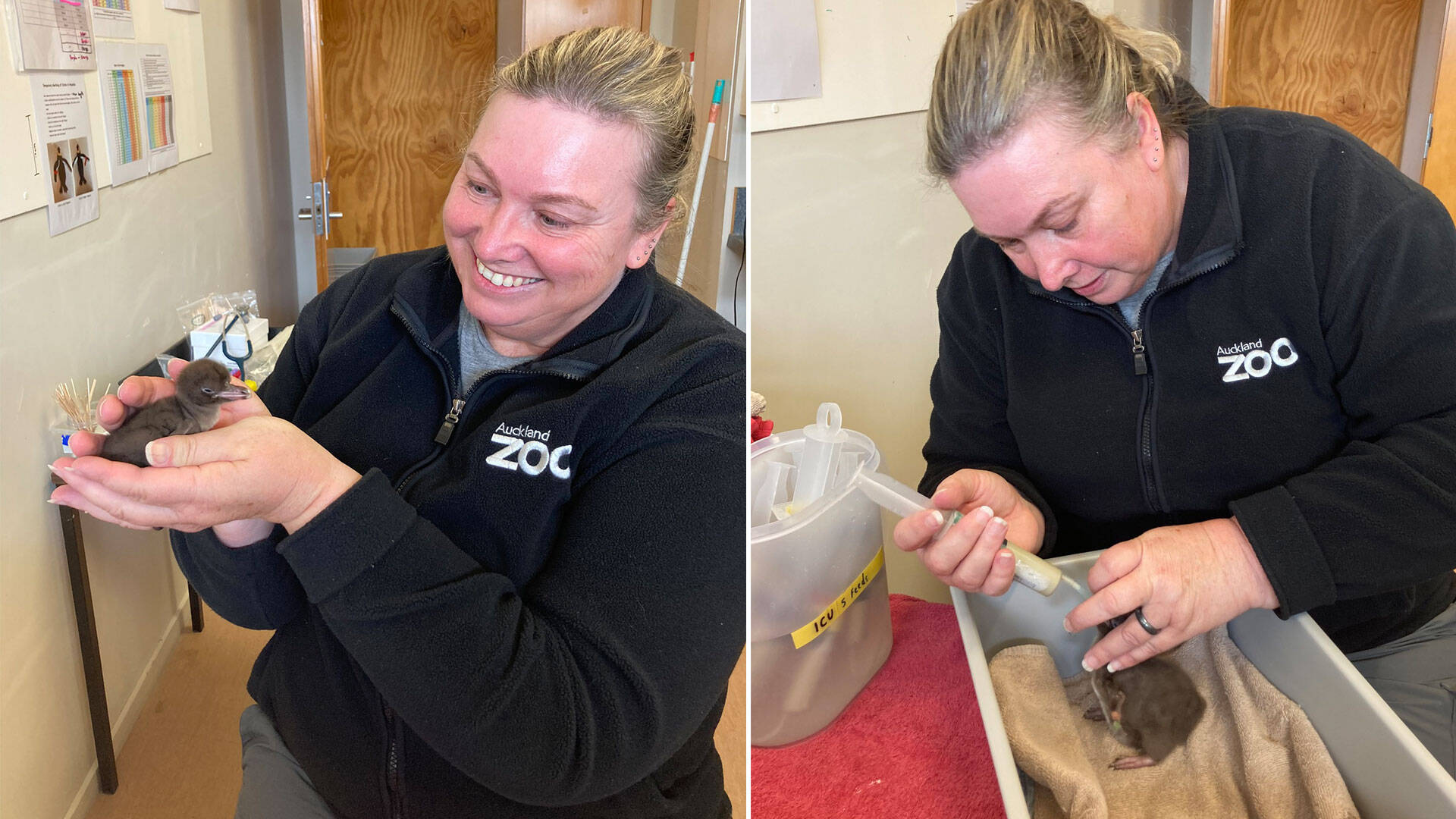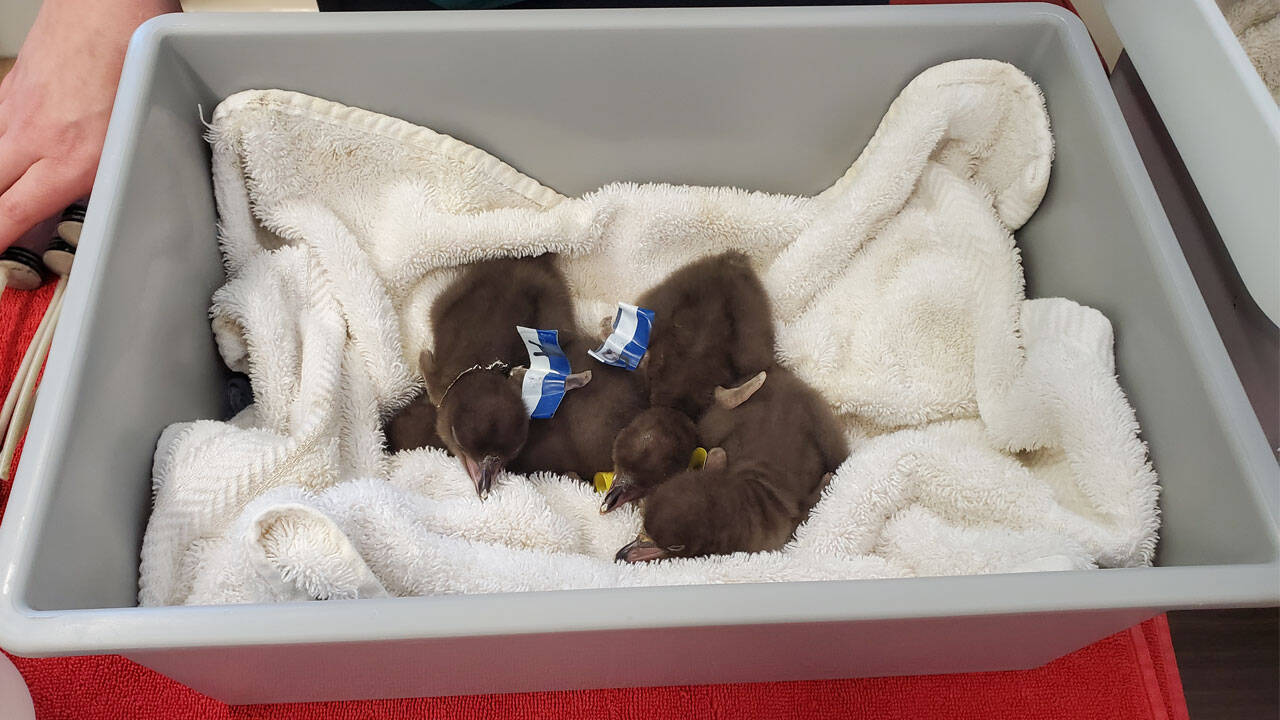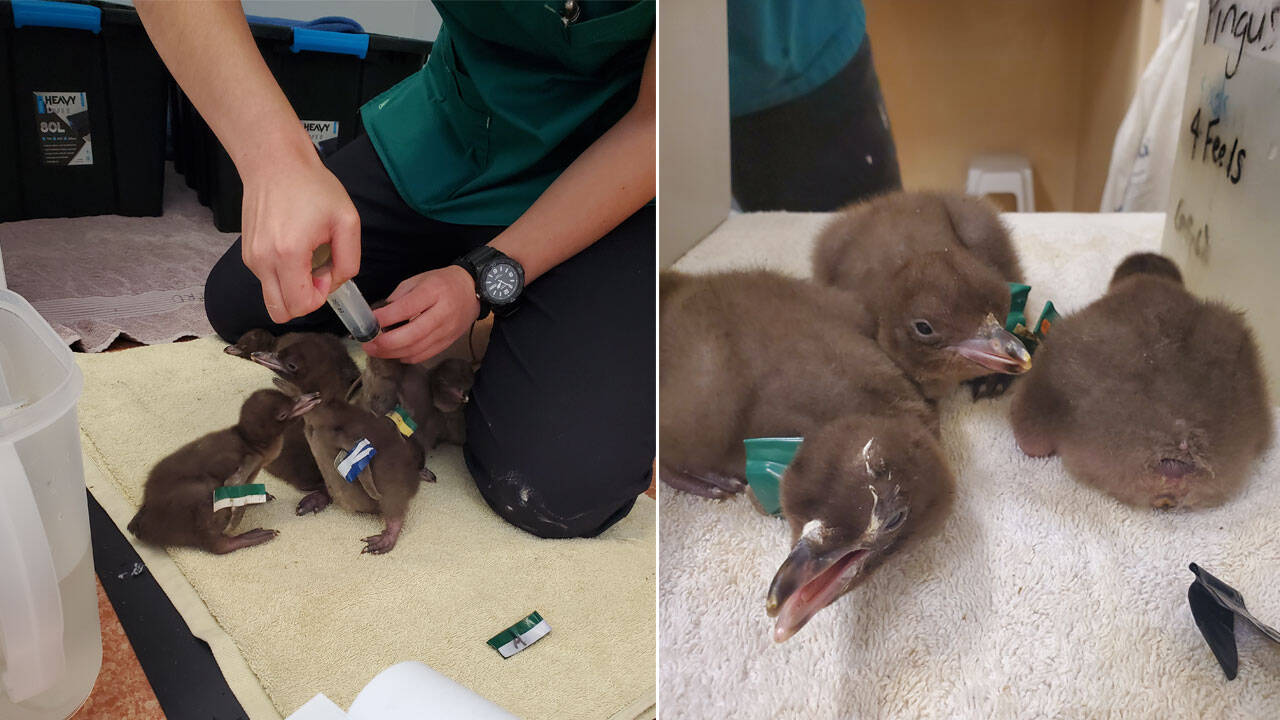On the windswept coast of the Otago Peninsula survives some of the world’s rarest penguins – the hoiho or yellow-eyed penguin. In late 2022, two of Auckland Zoo’s skilled bird keepers travelled to the region to assist with the Department of Conservation (DOC)’s recovery efforts for hoiho – who are sadly teetering on the brink of extinction.
This iconic penguin adorns the New Zealand $5 note and was partly brought to public consciousness via the Mainland Cheese commercials of the late 80s and early 90s. The fourth largest species of penguin in the world, hoiho are the only surviving member of the genus Megadyptes – which means ‘big diver’. This species gets its te reo Māori name hoiho (‘noise shouter’) from their shrill and piercing calls; while ‘yellow-eyed penguin’ refers to their yellow irises. Despite the loudness of their calls during breeding season, hoiho are said to be ‘shy’ and prefer to make their nests away from their neighbours.
There are two sub-populations of hoiho, known as the northern (mainland South Island, Rakiura and Whenua Hou) and southern (sub-Antarctic Auckland and Campbell Islands) sub-populations. The northern site is the easiest to access for conservationists and has therefore been the most widely studied, and unfortunately this population is in decline. So much so, that it is predicted that this endemic species could become extinct on the New Zealand mainland in the coming decades if the current threats are not reverted.


